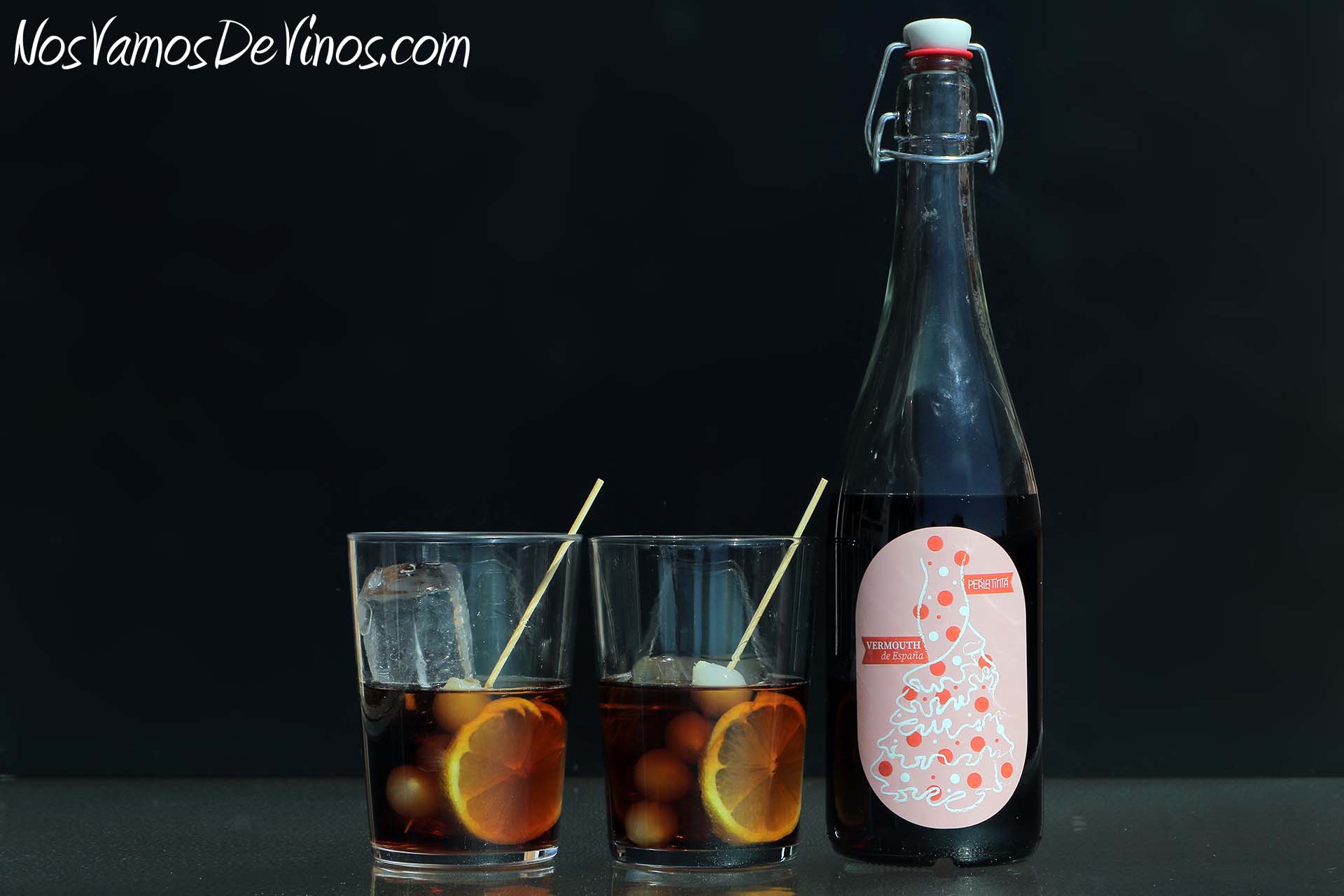¿Qué lleva a una bodega a dejar que sus uvas se queden en la cepa tres semanas más desde el momento óptimo de la recolección? Todo cobra sentido tras dar el primer sorbo. Son 21 días en los que las uvas van perdiendo agua, y sus rendimientos caen hasta situarse sobre los 575 litros por tonelada. Pero, por otra parte, son 21 días en los que las uvas van ganando grado y concentración.
Es algo que se manifiesta desde el momento en que nos servimos una copa y observamos su color dorado, si bien donde realmente nos llama la atención es al acercar la copa a la nariz, cuando aparecen aromas de orejones y cáscara de naranja acompañados de ligeras notas de tabaco y de bollería. Pero es la boca la que te dice que este Exceptional Harvest es realmente un vino diferente. Y es que mantiene una acidez que nos sorprende y compensa el dulzor extra que aporta su azúcar residual, haciendo que destaque la mineralidad de un vino muy versátil, nada pesado, tan complejo como equilibrado; un vino que trasciende el habitual papel de acompañamiento para el postre, el foie o una tabla de quesos al que casi siempre relegamos a este tipo de elaboraciones. Hablamos, así, de un vino que puede acompañar toda una comida sin que su azúcar residual llegue a ser pesado.
Para elaborar este Ximénez Spínola Exceptional Harvest 2019, las uvas de Pedro Ximénez sobremaduradas fermentan a temperatura controlada hasta que la cantidad de azúcar residual es la deseada, momento en el que se detiene la fermentación. Posteriormente, el vino tiene una crianza sobre lías de cuatro meses en barricas viejas de roble americano envinadas con vinos de crianza oxidativa. El resultado es un vino complejo, intenso y elegante que promete crecer en la botella y que, si lo pruebas, no te va a dejar indiferente. Puede que te preguntes qué lleva a una bodega a dejar que sus uvas se queden en la cepa tres semanas más desde el momento óptimo de la recolección, pero te aseguro que, tras dar el primer sorbo, todo cobra sentido.
🇬🇧
What leads a winery to let their grapes stay on the vine for three more weeks from the optimum moment of harvest? Everything makes sense after taking the first sip. There are 21 days in which the grapes are losing water, and their yields drop to around 575 liters per ton. But, on the other hand, there are 21 days in which the grapes are gaining sugar and concentration.
It’s something that emerge from the moment we pour ourselves a glass and observe its golden color, although where it really catches our attention is bringing the glass to the nose, when aromas of dried apricots and orange peel appear accompanied by light notes of tobacco and pastries. But it’s your palate that tells you that this Exceptional Harvest is truly a different wine. And it’s because it maintains an acidity that surprises us and compensates for the extra sweetness that its residual sugar provides, making the minerality of a very versatile wine stand out, not heavy, as complex as it’s balanced; a wine that transcends the usual role of accompaniment for dessert, foie or a cheese platter that we almost always relegate to this type of elaboration. We are talking, thus, of a wine that can accompany a whole meal without its residual sugar becoming heavy.
To make this Ximénez Spínola Exceptional Harvest 2019, overripe Pedro Ximénez grapes ferment at a controlled temperature until the amount of residual sugar is as desired. At that point the fermentation is stopped. Subsequently, the wine is aged on its fine lees for four months in old American oak barrels, barrels previously used for oxidative aging wines. The result is a complex, intense and elegant wine that promises to grow in the bottle and that, if you taste it, it will not leave you indifferent. You may be wondering what leads a winery to let their grapes stay in the vine for three more weeks from the optimum moment of harvest, but I assure you that, after taking the first sip, everything makes sense.




